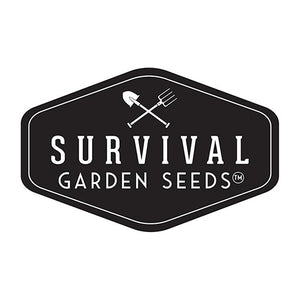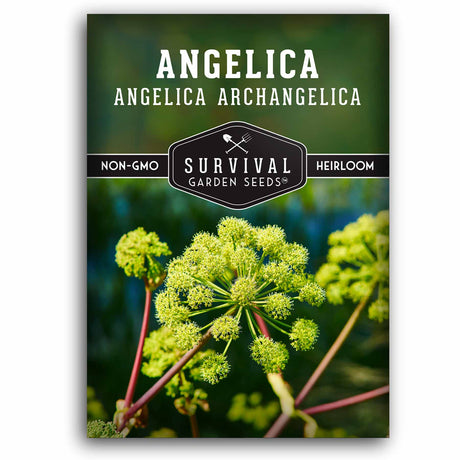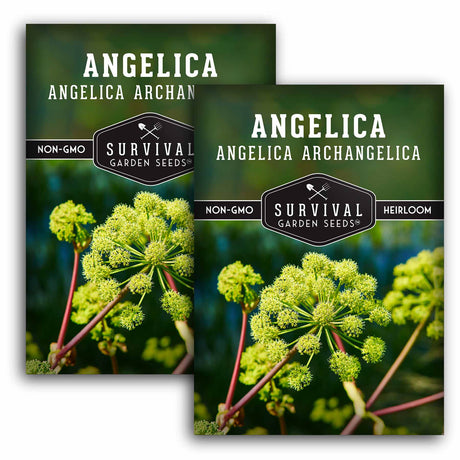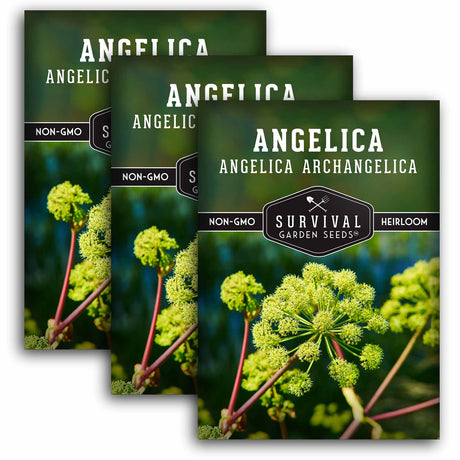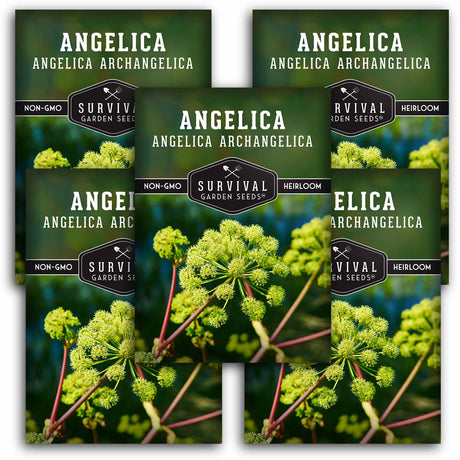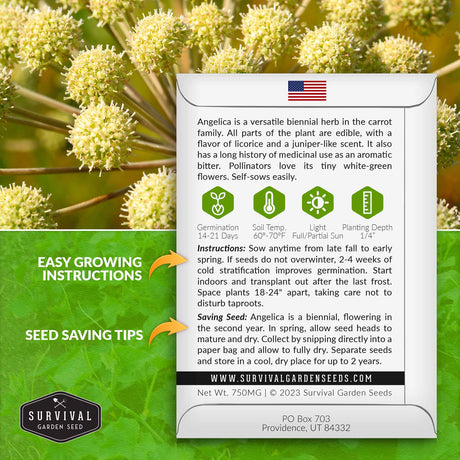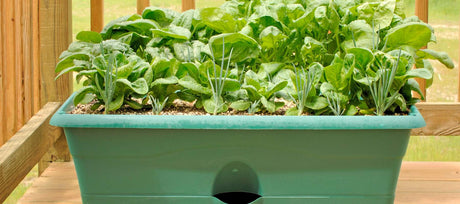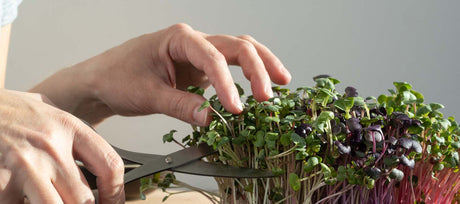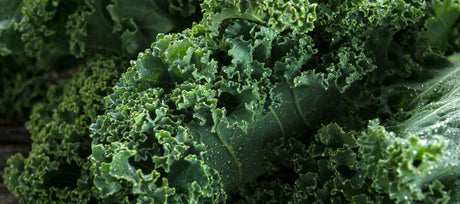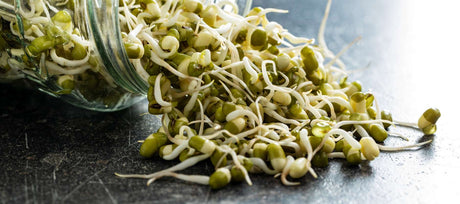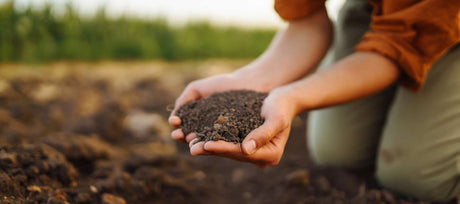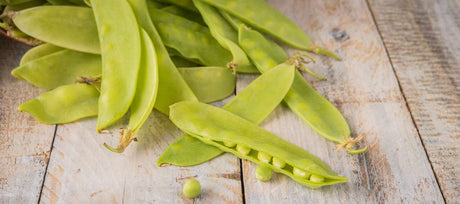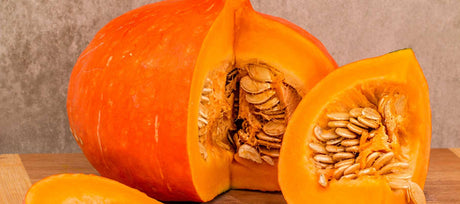Survival Garden Seeds offers heirloom, non-GMO Angelica seeds. They are selected with care, ensuring robust germination rates. The package includes detailed instructions for sowing and caring, so anyone can enjoy this beneficial herb.
Growing Angelica Seeds in Your Garden
- Unique aromatic herb
- Biennial plant
- Heirloom, non-GMO seeds
- Versatile, culinary and medicinal use
INTRODUCING ANGELICA SEEDS
Angelica (Angelica archangelica), is a biennial herb that thrives in USDA hardiness zones 4 to 9. This plant will typically reach about 4 to 6 feet, with a spread of up to 3 feet. Angelica has tall, hollow stems. With large flower clusters, resembling an umbrella, it is a striking beauty in any space it grows in.
PLANTING ANGELICA SEEDS
Sow Angelica seeds anytime from late fall to early spring. If the seeds do not overwinter, 2 to 4 weeks of cold stratification will improve the germination. Start indoors, transplanting the seedlings out after the last frost. Germination occurs within 2 to 3 weeks. When transplanting, space the plants 18 to 24 inches apart. Place them in moist, well-drained soil, with partial to full sun exposure.
MAINTAINING ANGELICA PLANTS
The Angelica plant needs moderate upkeep, so water the plants regularly to ensure the soil is always moist. This heavy feeder benefits from the addition of organic matter before planting and during the season of growth. The stems, leaves, and Angelica root are all edible. You can harvest them at different stages, for various uses. Stems are best harvested in the second year, before they flower.
Growing Angelica will provide a versatile herb. One that can be used fresh or dried in different culinary and medicinal preparations. It is used to flavor liqueurs, for making herbal remedies and teas, and much more. Enjoy its distinctive taste. Welcome the health benefits of Angelica!

